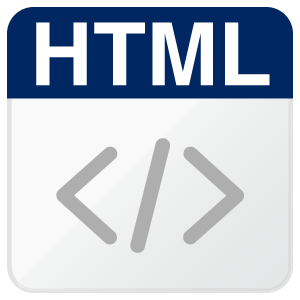Tool/software: Linux
Customer is prototyping using AM572x EVM for dual display application. They are using an external HDMI display that support Capacitive touchscreen. The touchscreen is USB HID connection to EVM. However they are seeing touches on the HDMI screen/USB HID being recorded also as touches on the EVM local display. Using a USB Mouse does not show this issue.
They are using Linux PSDK v5.02, running QT and they tried following https://doc.qt.io/qt-5/embedded-linux.html#touch-input-in-systems-with-multiple-screens-on-kms-drm
Any suggestion to fix this?



